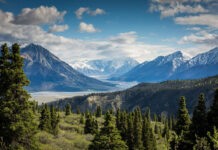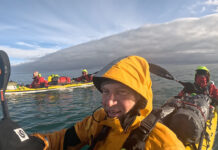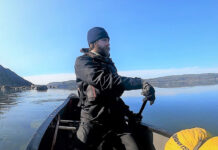Due to the increasing frequency and pressure of development and dams, some expedition kayakers are shifting their sights to rivers that won’t be runnable forever. This is the era of last descents.
Nepal’s Karnali is a river of both religious significance and kayaking legend, and one that has been under the shadow of proposed hydroelectric development for years. It falls from the sacred Mount Kailash in southwestern Tibet and flows south from the Tibetan plateau, cutting through the Himalayas before draining into India’s Sharda River, and eventually contributing to the mighty Ganges.
Since the upper section was first run in 1999 by Scott Lindgren, the Karnali has become a classic Nepali river for kayakers, known for its big volume, glacial-fed whitewater and expedition potential. As decades of rumors about a hydropower dam turned into diggers and dump trucks on the Karnali’s shores in 2018, Spanish kayaker Mikel Sarasola seized his chance to paddle it and capture Nepal’s last free-flowing river in a film.
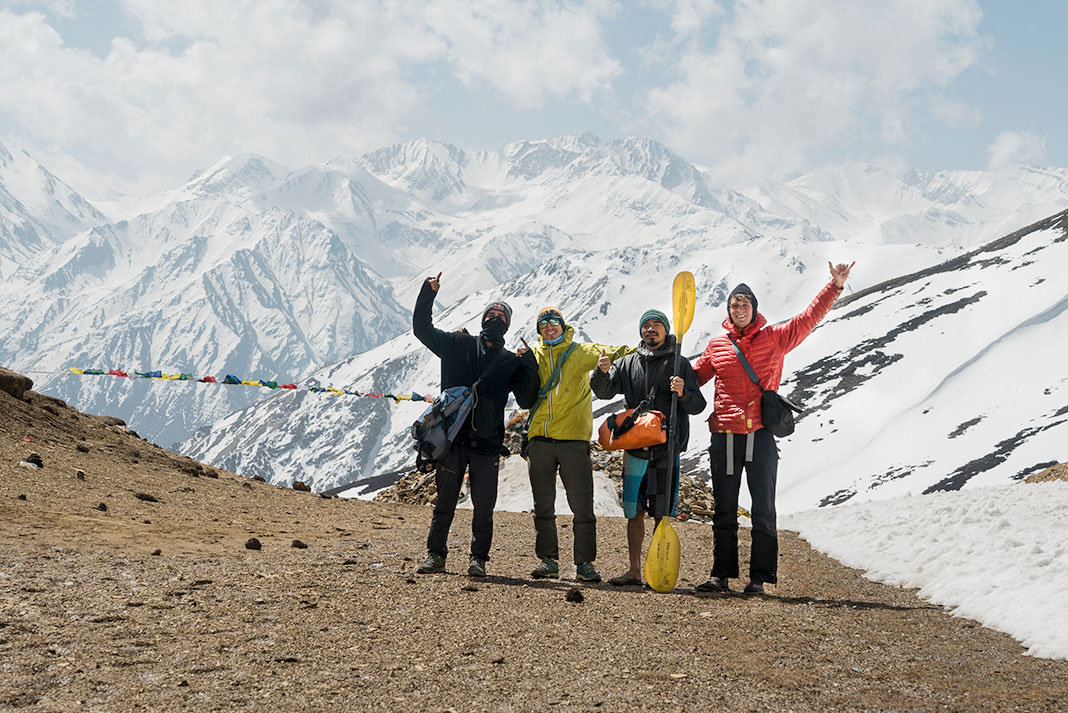
Joined by fellow Spaniard Aniol Serrasolses, American Todd Wells and Nepali kayaker Surjan Tamang, the team flew to the mountain-nestled town of Simikot. They hired porters to help transport boats and gear to the put-in 60 miles away, which included crossing a 14,700-foot snow-covered mountain pass.
“At that altitude, and with only four porters, it was just not enough for all the equipment we were carrying,” says Sarasola. “Luckily for us, we were able to use two yaks. It took us a bit to fit our boats on the yaks, but they helped a lot.”
Putting on the river at Hilsa, a small town on the border between Nepal and Tibet, the team started at 12,000 feet of elevation. They navigated the class IV to V sections of Shiva’s Gorge and Ganesh Gorge, which challenged the group with must-make moves and tough lines. “Big boulders, full of siphons and vertical walls is what we found,” says Sarasola. Surrounded by 20,000-foot-plus peaks, these sections were a highlight of the trip. During the nine-day, 250-mile self-supported mission, the team descended 11,000 feet.
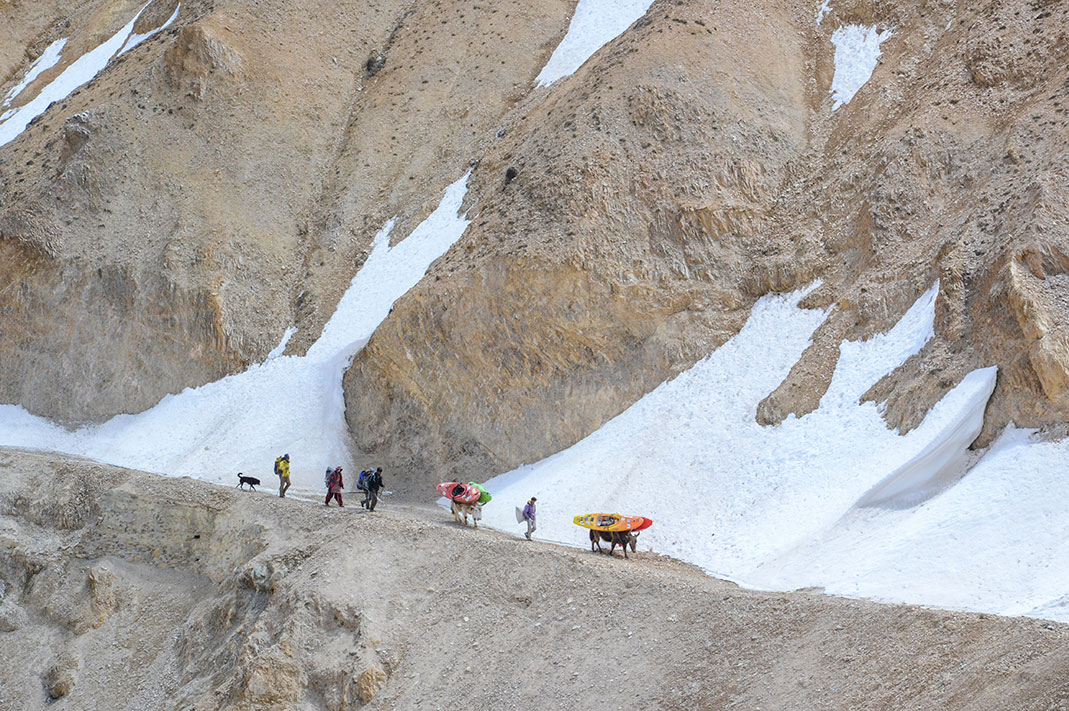
During the expedition, access roads were being built to start construction, and the massive hydroelectric project was never far from the paddlers’ thoughts. Three hydropower dams are planned for the Karnali River’s main stem, with another couple dozen proposed on tributary streams throughout the watershed. Since the expedition, construction progress has been slow and controversial, in part because of politics with neighboring India, the potential buyer of the generated power.
“We wanted to paddle the river to understand the resources and value of the Karnali watershed and to tell the story of the Karnali as it was,” says Sarasola. The Nepal River Conservation Trust Foundation supported the trip. Sarasola hopes his new film, The Tears Of Shiva, will show the world the beauty of the valley and what the hydropower project would destroy. “We know our film won’t make a change by itself, but it supports the many initiatives happening that can lead to a change for Nepal and its politics in terms of hydropower construction. This film was a chance to give a voice to the local people,” he says.
The film delivers a combination of kayaker POV of the whitewater and a yak’s-eye-view of the remote villages, harsh Himalayan landscapes and hardy locals. It also explores the development of hydropower in Nepal and the massive environmental and economic changes transforming the river system will bring. In January 2021, The Kathmandu Post reported that construction started on a tunnel to divert water to build a dam on the Karnali.
Mount Kailash is the source of the Karnali and neighboring Indus and is revered as one of the world’s holiest places by Buddhists and Hindus. In Hinduism, the mountain is recognized as the home of the deity Shiva.
“We felt like we were paddling on the tears of Shiva,” says Sarasola referring to the name of the film and emotions on the expedition. A last descent is not something to be celebrated, he says. With perspective and footage of what soon may be flooded, plugged, drained and diverted in a political chess game surrounding energy production, gratitude replaced celebration at the end of the trip, as the team said farewell to one of the best multi-day runs in the world.
 This article was first published in Paddling Magazine Issue 63. Subscribe to Paddling Magazine’s print and digital editions here, or browse the digital archives here.
This article was first published in Paddling Magazine Issue 63. Subscribe to Paddling Magazine’s print and digital editions here, or browse the digital archives here.
Contribute to the protection of Nepal’s rivers by supporting The Nepal River Conservation Trust.



